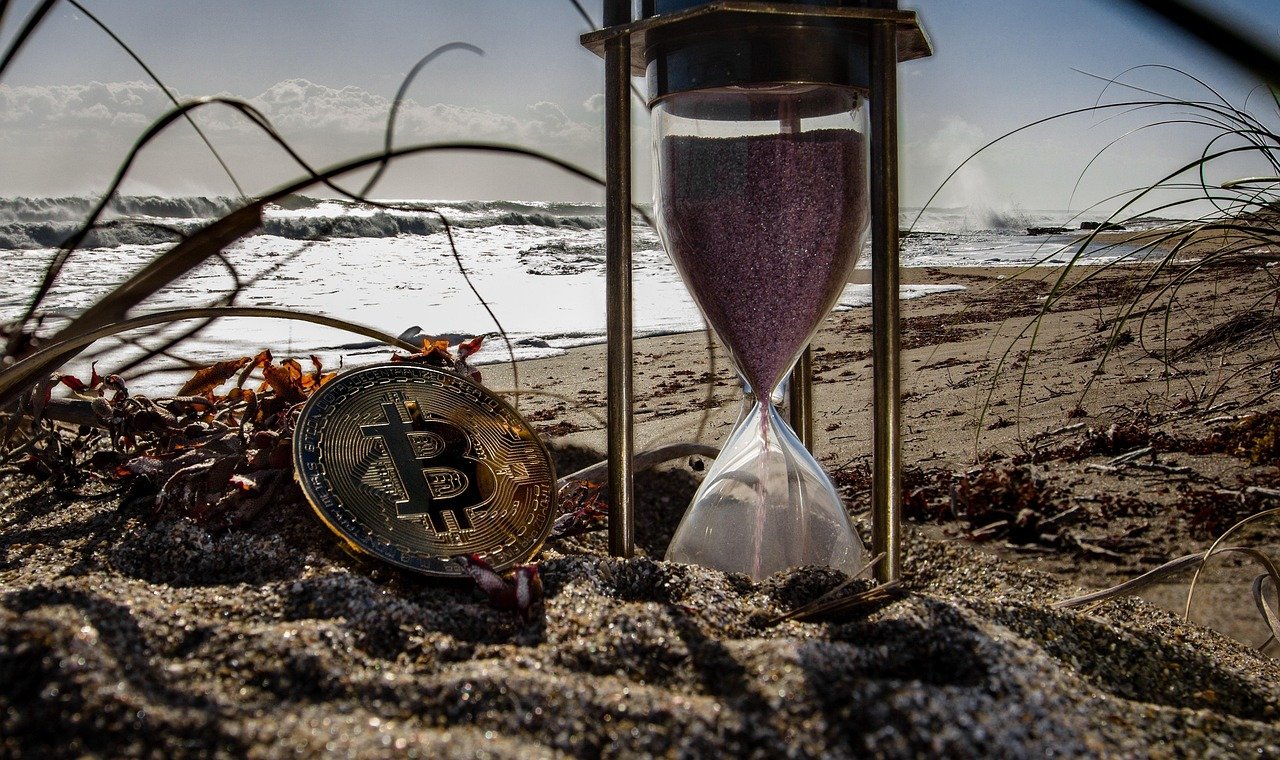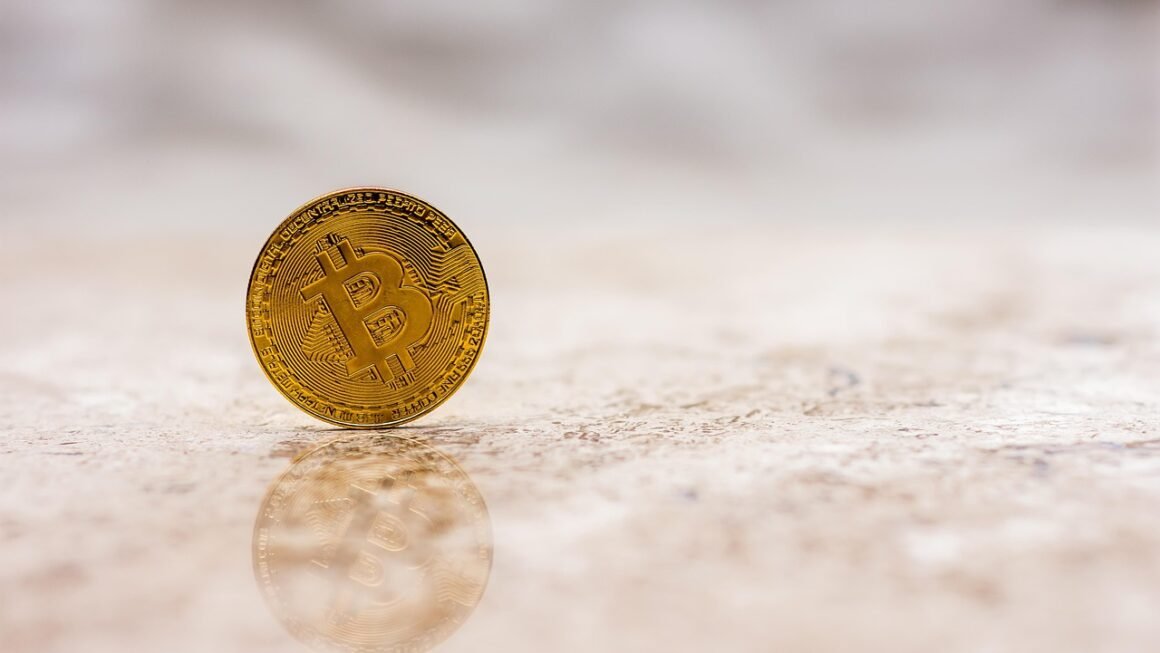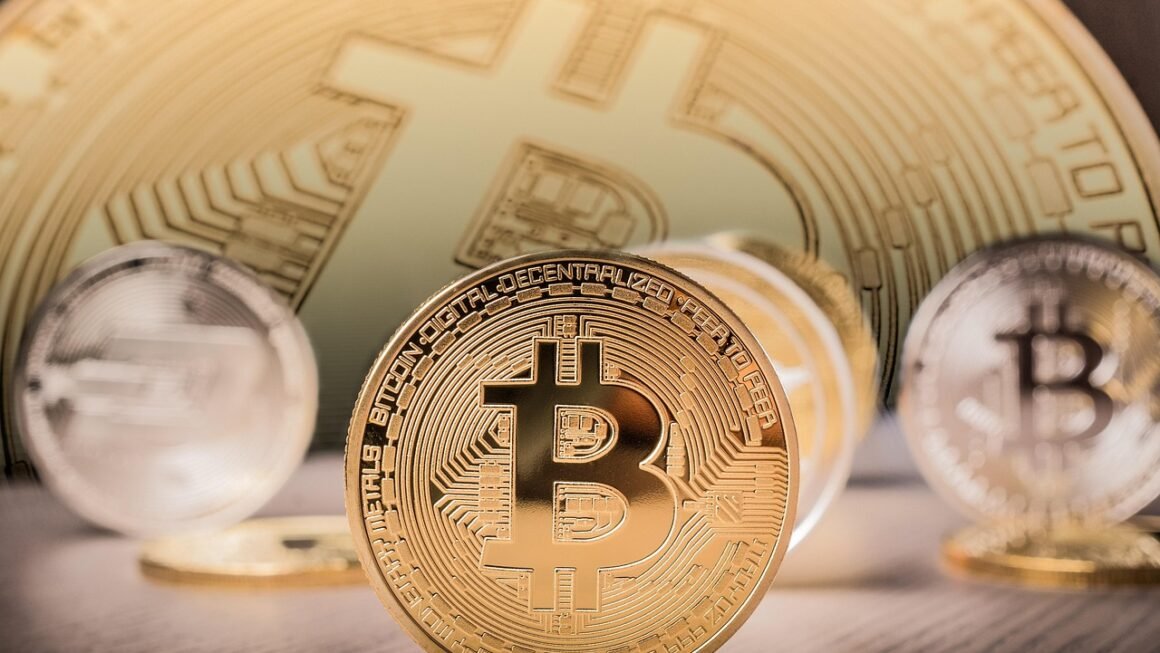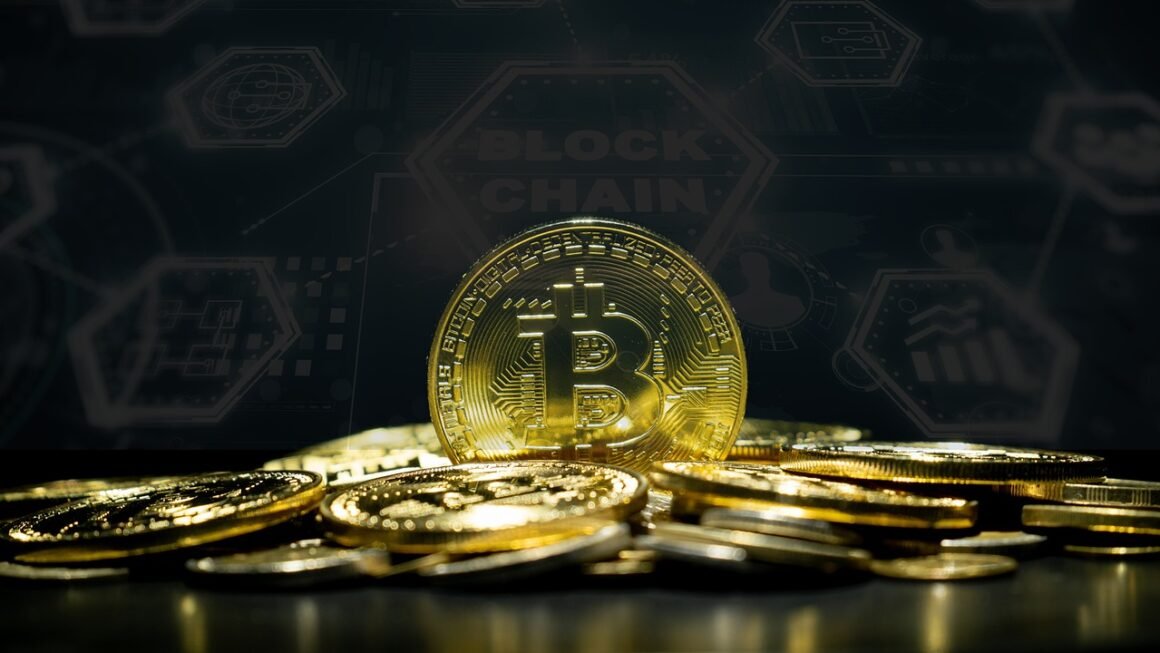Altcoins, short for “alternative cryptocurrencies,” have exploded in popularity since Bitcoin first emerged. While Bitcoin remains the dominant cryptocurrency, the altcoin market offers a vast landscape of diverse projects, each with its own unique features, functionalities, and potential. Understanding altcoins is crucial for anyone looking to navigate the broader cryptocurrency ecosystem and potentially capitalize on emerging opportunities. This guide will explore the world of altcoins, providing insights into their types, benefits, risks, and how to approach investing in them.
What are Altcoins?
Defining Altcoins and Their Purpose
Altcoins are any cryptocurrencies other than Bitcoin. They were created to improve upon or offer alternatives to Bitcoin’s original design. These improvements can take various forms, including faster transaction speeds, enhanced privacy features, different consensus mechanisms, or entirely new functionalities like decentralized finance (DeFi) applications or non-fungible tokens (NFTs).
- Purpose: To address perceived shortcomings in Bitcoin, experiment with new technologies, and cater to specific use cases.
- Variety: The altcoin market is incredibly diverse, with thousands of different coins available, each with its own unique proposition.
Types of Altcoins
Altcoins can be categorized based on their functionalities and intended use cases:
- Mining-Based Altcoins: These altcoins, like Litecoin, use a proof-of-work (PoW) consensus mechanism, similar to Bitcoin, requiring miners to solve complex computational problems to validate transactions and earn rewards. Litecoin, for instance, aims for faster block times than Bitcoin.
- Stablecoins: These cryptocurrencies are designed to maintain a stable value, typically pegged to a fiat currency like the US dollar. Examples include Tether (USDT) and USD Coin (USDC). They provide stability within the volatile crypto market and are often used for trading and as a store of value.
- Security Tokens: Represent ownership in a real-world asset, such as stocks, bonds, or real estate. They offer potential for fractional ownership and increased liquidity.
- Utility Tokens: Provide access to a specific product or service within a particular ecosystem. Examples include tokens used to pay for storage on decentralized cloud platforms or to access features within a gaming platform.
- Governance Tokens: Allow holders to participate in the decision-making process of a blockchain project, such as voting on proposals for upgrades or changes to the protocol.
Market Capitalization and Dominance
While Bitcoin continues to dominate the cryptocurrency market, the combined market capitalization of altcoins is significant and growing. Some altcoins have achieved substantial market valuations and are widely traded on major exchanges. The “Bitcoin Dominance” metric tracks Bitcoin’s share of the total cryptocurrency market cap, providing insight into the overall strength of altcoins relative to Bitcoin. As of late 2023, Bitcoin dominance typically fluctuates between 40-50%, indicating a substantial and vibrant altcoin market.
Benefits of Investing in Altcoins
Potential for High Returns
Altcoins, particularly those with innovative technology or addressing niche markets, can offer significant growth potential. Investing in promising altcoins early can lead to substantial returns if the project gains adoption and its value increases.
- Example: Investing in Ethereum (ETH) in its early stages would have yielded exponential returns as the platform’s adoption grew and its ecosystem flourished.
Diversification
Investing in altcoins can diversify a cryptocurrency portfolio, reducing the risk associated with relying solely on Bitcoin. Altcoins often have different market cycles and respond differently to news and events, providing a hedge against Bitcoin’s volatility.
- Strategy: Allocate a portion of your cryptocurrency portfolio to altcoins based on your risk tolerance and investment goals.
Innovation and Technology
Altcoins often drive innovation in the cryptocurrency space, introducing new technologies and functionalities. They can offer solutions to problems that Bitcoin has not yet addressed or cater to emerging trends such as DeFi, NFTs, or Web3.
- Example: Solana (SOL) is known for its high transaction speeds and low fees, addressing scalability issues faced by other blockchains.
- Example: Chainlink (LINK) provides a decentralized oracle network that connects smart contracts with real-world data, enabling more complex and reliable decentralized applications.
Risks Associated with Altcoins
Volatility
The altcoin market is highly volatile, and prices can fluctuate dramatically in short periods. This volatility presents both opportunities and risks, as the potential for high returns is accompanied by the potential for significant losses.
- Mitigation: Implement risk management strategies such as setting stop-loss orders and diversifying investments across multiple altcoins.
Liquidity
Some altcoins have low trading volumes and limited liquidity, making it difficult to buy or sell them quickly without affecting their price. This lack of liquidity can increase the risk of price manipulation and make it challenging to exit positions.
- Tip: Focus on altcoins with high trading volumes and listings on reputable exchanges to ensure liquidity.
Scams and Fraud
The altcoin market is susceptible to scams and fraudulent projects. Some altcoins are created with the sole intention of defrauding investors, often through pump-and-dump schemes or exit scams.
- Red Flags: Unrealistic promises, lack of transparency, anonymous teams, and aggressive marketing tactics.
- Due Diligence: Thoroughly research the team, technology, and community behind an altcoin before investing.
Regulatory Uncertainty
The regulatory landscape for cryptocurrencies is still evolving, and altcoins face regulatory uncertainty in many jurisdictions. Changes in regulations can significantly impact the value and viability of altcoins.
- Stay Informed: Keep up-to-date with regulatory developments in your region and globally to understand potential risks and opportunities.
How to Evaluate Altcoins for Investment
Research and Due Diligence
Before investing in any altcoin, conduct thorough research to understand its fundamentals, technology, and potential. This includes:
- Whitepaper: Read the project’s whitepaper to understand its goals, technology, and roadmap.
- Team: Research the team behind the project to assess their experience, credibility, and track record.
- Community: Evaluate the project’s community to gauge its support, engagement, and overall sentiment.
- Technology: Understand the technology behind the altcoin and its competitive advantages.
- Tokenomics: Analyze the token distribution, supply, and utility to assess its long-term viability.
Technical Analysis
Use technical analysis tools and techniques to identify potential entry and exit points based on price charts, trading volumes, and other market indicators.
- Indicators: Moving averages, Relative Strength Index (RSI), and Fibonacci retracements.
Fundamental Analysis
Assess the intrinsic value of an altcoin by analyzing its fundamentals, such as its technology, adoption rate, market potential, and competitive landscape.
- Metrics: Active addresses, transaction volume, and development activity.
Risk Management Strategies
Implement risk management strategies to protect your investments from potential losses:
- Diversification: Spread your investments across multiple altcoins to reduce risk.
- Stop-Loss Orders: Set stop-loss orders to automatically sell your holdings if the price drops below a certain level.
- Position Sizing: Allocate a small percentage of your portfolio to each altcoin to limit potential losses.
Conclusion
The altcoin market offers both exciting opportunities and significant risks. By understanding the different types of altcoins, their potential benefits, and the associated risks, investors can make informed decisions and potentially capitalize on emerging trends. Thorough research, technical analysis, and risk management are essential for navigating the altcoin market successfully. Remember to always conduct your own due diligence and invest responsibly.



